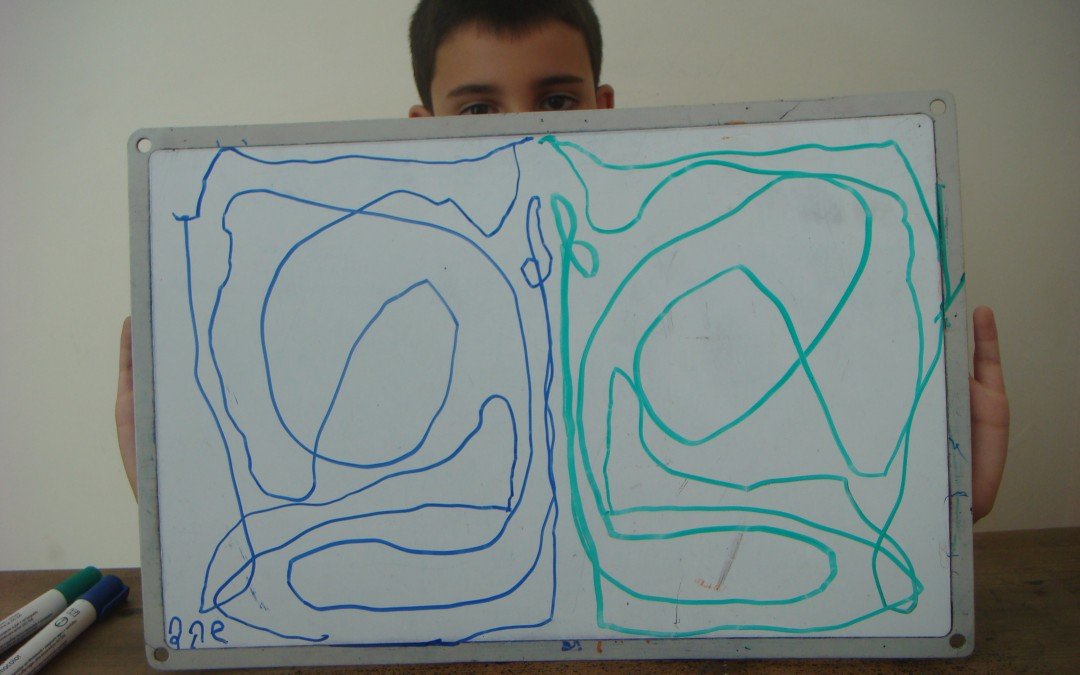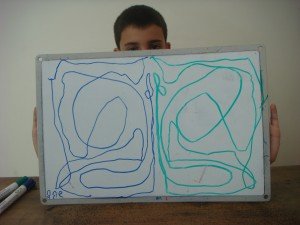My last blog was about the different way each of us learns according to our dominant hemisphere. There are those who are right brained and others who are left brained. Have I ever asked myself as a teacher what my dominance is? As a teacher do i differentiate the two kinds of learning? How does one even start doing something like this?
Let’s take subjects like history or other similar subjects which have a lot of information on each page. If, I, the teacher gives a small summary , a picture,at the beginning of the lesson explaining what we are going to learn, it will give the right hemisphere dominant children a whole picture into which they can then put in the details as the lesson goes along or as they read the page and collect different information. Even better could be mind maps with very few words. Mind maps show how one event leads to another. The left hemisphere kids will perhaps not get much benefit from this but it should only take a few minutes of the class time or maybe less and anyway the righties are part of the group as well! Lefties like to gather the information one sentence at a time and then when that is done they should be told to go back to the summary that was given at the beginning. They will need the summary to help with their remembering all the information. The right hemisphere pupils will need the summary to understand the details and the lesson.
Mathematics. This is usually a wonderful lesson for most left hemisphere pupils – lots of little details – it is actually all little details which their brains love. Right brained children don’t always have an easy time with this subject. When dealing with fractions they need to be visually shown what two thirds are as compared to two eighths. They should be drawing lots of different shapes – circles, lines and squares and comparing what it means – three sixths, three tenths or three nines. Or one ninth, three ninths, five ninths…they need to visualize as a picture the meaning of what fractions look like – how can they be changed from one half to two fourths and how can lines be erased and they become one third from two sixths. First visually seeing and understanding. Then to get to the fractions as just numbers in the book.
The same with percentages. It is difficult to understand that 100 percent could be 50 or 80 or 1000. For instance I can have a library of 10 books – that is all the books I have – that is a 100 percent of books. Someone else can have 500 books – all the books they have – that is 100 percent of books. 50 percent of my books would be 5 and 50 percent of his would be 250. If a picture is shown and drawn and understood then the numbers afterwards will be turned into a right brained picture and easily comprehended. Basically right brained children need to visualize and see to understand whereas left brained kids do not need this – they comprehend the detail.
Often text books are geared or for the one and not enough for the other – it is okay if one has a text book in the class but as a teacher try and see how much is aimed for right brained and how much for left brained. Perhaps the class could be divided into two groups. It is good if the pupils themselves could understand which group is easier for them.
When I asked one of my right brained students how he did 9 minus 3 so quickly. He said: “Easy, I just imagined nine of my friends in the class and three went out because they had finished their work. So that’s easy….6 remained in the classroom. There is certainly understanding and he has worked out a way which is comprehensible for himself.


